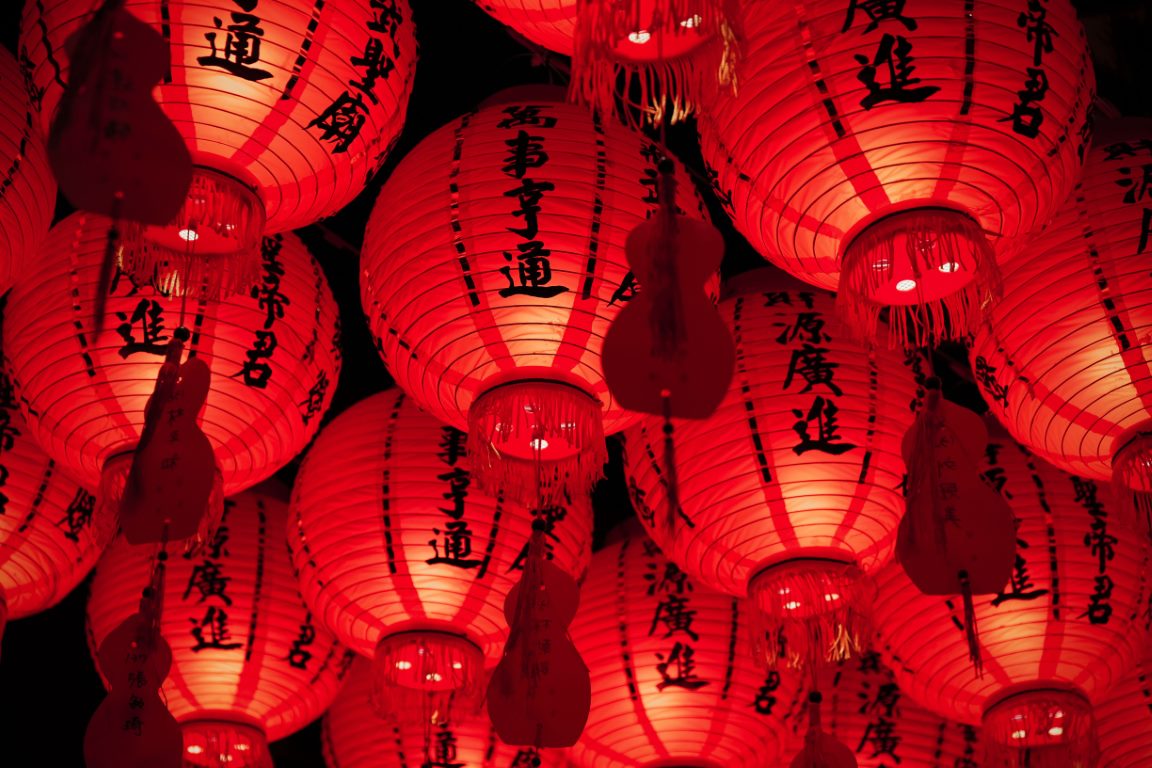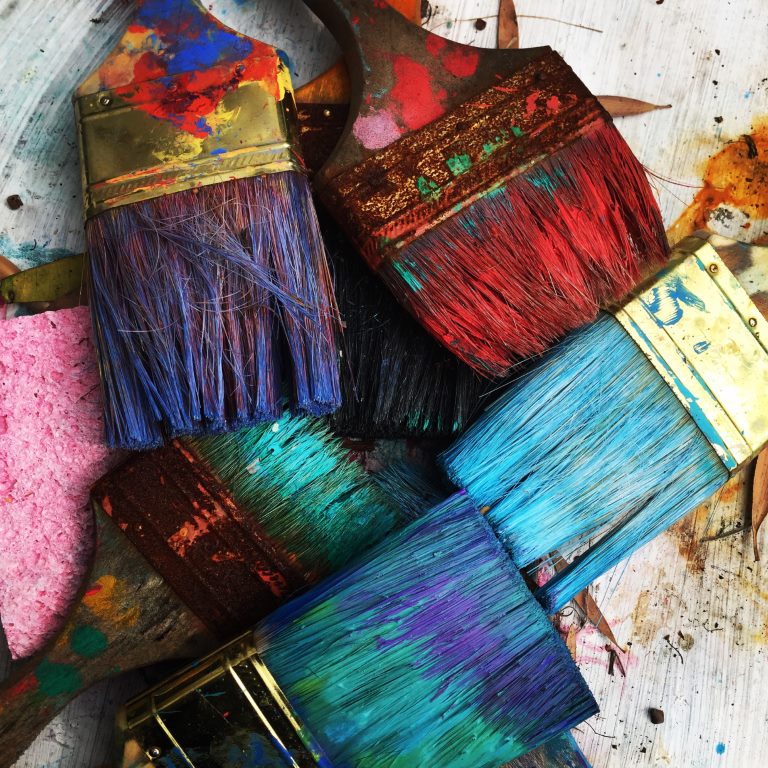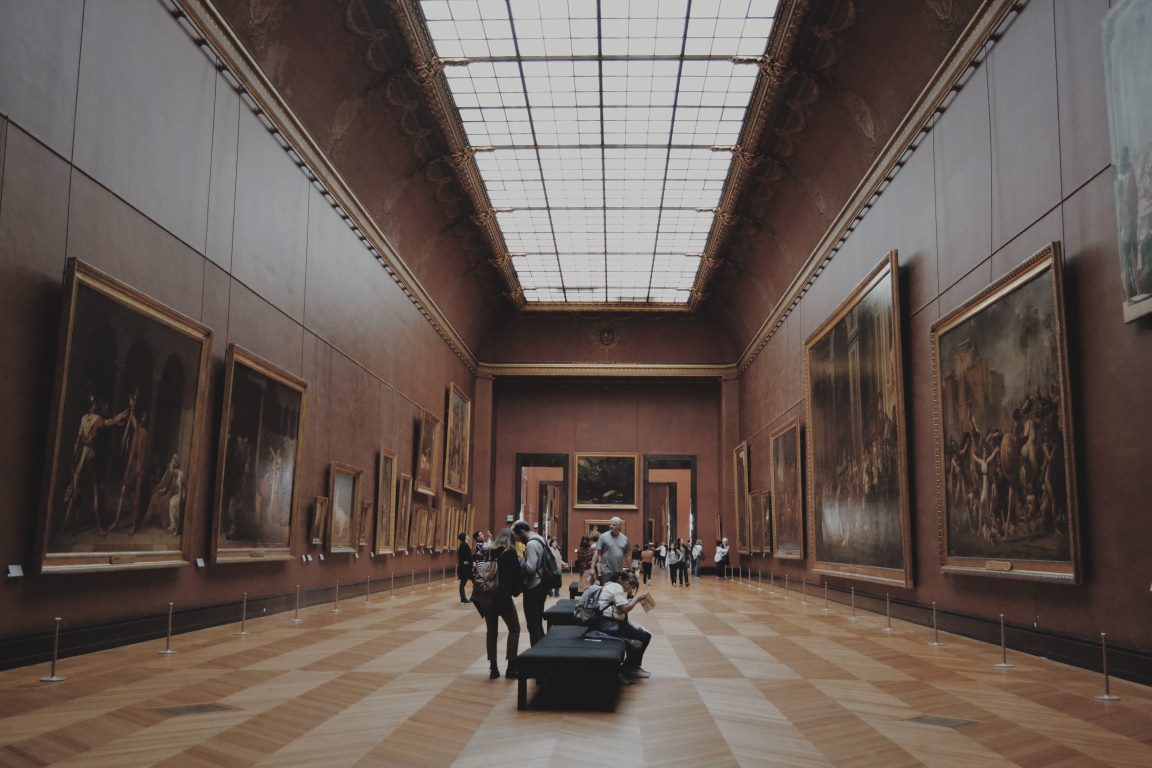How to Plan Your Early Vatican Semi-Private Tour in Rome
Visiting the Vatican Museums and Sistine Chapel is a must-do if you are planning a trip to Rome. With its rich history, art, and architecture, the Vatican City is one of the most visited destinations in the world. However, with hundreds of tourists visiting each day, the lines to get in can be incredibly long. If you want to avoid the crowds, then an early Vatican Semi-Private Tour is a great option. In this article, we will guide you through how to plan your early Vatican Semi-Private Tour in Rome.What is the Early Vatican Semi-Private Tour?
The Vatican Museums and Sistine Chapel are open to the public every day, but the lines to enter can be daunting, especially during peak tourist times. The Early Vatican Semi-Private Tour is a guided tour that allows you to enter the Vatican Museums and Sistine Chapel before the general public. With this tour, you can explore the galleries and exhibits with a knowledgeable guide, admire the art and architecture, and avoid the crowds.What’s Included in the Tour
The tour includes a skip-the-line ticket to the Vatican Museums and Sistine Chapel, as well as a skip-the-line ticket to St. Peter’s Basilica. You will also have the advantage of exploring in a semi-private group with a knowledgeable guide, who will share insights and information about the history and significance of the artworks and exhibits. This tour is designed for small groups, and participants are given headsets so that it is easier to hear the guide.How to Book
If you are interested in booking the Early Vatican Semi-Private Tour, you can use the following link: book the tour here. The tour is offered by a third-party provider, so it is important to make sure the tour is available on the day and time that you are planning to visit.What to Expect on the Tour
The tour begins early, so be prepared to get up early and meet your guide at the stunning Vatican Museums entrance. With early access, you will have the opportunity to see the most famous and important pieces of art before the crowds arrive. Explore the galleries of the Vatican Museums and Sistine Chapel with a knowledgeable guide, and learn about the history and significance of the artworks and exhibits. The guide will also take you through the Raphael Rooms, the Galleries of Tapestries, and the Gallery of Maps. These are some of the highlights of the Vatican Museums and are not to be missed. After exploring the Vatican Museums and the Sistine Chapel, the tour concludes with a skip-the-line entry to St. Peter’s Basilica, where you can admire some of the most beautiful pieces of art in the world.What to Wear and Bring on the Tour
There is a strict dress code within the Vatican City, so be sure to dress appropriately. Shoulders and knees must be covered, and no hats are allowed. Comfortable shoes are highly recommended, as there is a lot of walking involved. You should also bring your camera, but note that photography is not allowed in the Sistine Chapel. You are allowed to take pictures in the other galleries, but without the use of flash.Book Your Tour Now
Planning your Early Vatican Semi-Private Tour in Rome can be a daunting task, but with the information provided in this guide, you will be well-prepared for the journey. Book your tour early to ensure a smooth and hassle-free experience. With early access and a knowledgeable guide, you will have the chance to explore the Vatican Museums and Sistine Chapel, and admire some of the most beautiful pieces of art in the world. So what are you waiting for? Book your tour today!
Frequently Asked Questions About Rome
1. What is the best time to visit Rome?
The best time to visit Rome is during the months of April to June or September to October. During these months, the weather is pleasant, and the tourist crowds are manageable. July and August are the hottest months, and most locals go on vacation during this time, resulting in crowded tourist attractions and restaurants. Winter, from November to February, is relatively mild and less crowded but with shorter days.
2. Is it safe to travel to Rome?
Generally, Rome is a safe city to travel to, but like other cities, it has its share of pickpockets, scammers, and petty crime. Travelers should be vigilant while in crowded places and avoid carrying valuables in busy areas, especially in public transportation or tourist attractions. It is also essential to keep an eye on belongings and avoid leaving them unattended.
3. What are the must-visit attractions in Rome?
Rome is famous for its ancient landmarks and museums. The must-visit attractions include the Colosseum, the Roman Forum, the Pantheon, the Vatican Museums, the Sistine Chapel, and St. Peter’s Basilica. Other popular attractions include the Trevi Fountain, the Spanish Steps, and the Piazza Navona.
4. Can I visit the Vatican City without a guide?
Yes, you can visit the Vatican City without a guide, but it is advisable to hire one to make the most of your visit. The Vatican Museums are vast, and with a guide, you can learn more about the art and history behind the museum’s exhibits. A guide can also skip the long lines and take you to the most important sites in the Vatican.
5. What is the dress code to enter churches in Rome?
Most churches in Rome have a strict dress code, and visitors are expected to dress modestly. Men should avoid shorts and sleeveless shirts, while women should wear dresses or skirts that cover the knees and have sleeves. It is also advisable to avoid wearing revealing clothing or hats inside the churches.
6. Can I drink tap water in Rome?
While the tap water in Rome is generally safe, it has a high mineral content and is not suitable for drinking. It is advisable to drink bottled water or filtered water. Bottled water is readily available in most shops and restaurants.
7. What is the best mode of transportation in Rome?
The best mode of transportation in Rome depends on your destination and budget. Rome has an extensive public transportation system that includes buses, trams, and the metro. Taxis are also available, but they can be expensive. Walking is also an excellent way to explore the city, especially in the city center, where most tourist attractions are within walking distance.
8. What is the cuisine of Rome, and what dishes should I try?
Rome has a rich cuisine that includes pasta dishes, cured meats, and cheeses. The most famous dishes include carbonara, cacio e pepe, amatriciana, and suppli. Roman pizzas are also famous, and you can have them at local pizzerias. For dessert, try the traditional Tiramisu or Panna Cotta.
9. Is tipping expected in Rome?
Tipping in Rome is not mandatory, but it is customary to leave a small tip in restaurants and cafes, especially if you received good service. In restaurants, it is common to leave a tip of 10% of the bill, while in cafes, you can round up the amount to the nearest euro.
10. What souvenirs can I buy in Rome?
Rome has a wide variety of souvenirs to choose from, including wine, olive oil, leather goods, and pottery. You can also buy traditional Italian food products such as prosciutto, cheese, and pasta. For something more unique, check out the antique shops and flea markets for vintage items and rare finds.
Book Your Tour Now
Rome is a beautiful city with a rich history and culture, but like any other tourist destination, it has its quirks and peculiarities. As a visitor, it is essential to be informed and prepared to make the most of your trip. By following the tips and advice above, you can ensure a safe and enjoyable visit to the Eternal City.

How to Spend Your Time as a Tourist in Rome
Rome, the capital city of Italy, is one of the most popular tourist destinations in the world. It is a city that is rich in history, art, culture, and cuisine. With so much to see and do, it can be overwhelming to plan your trip to Rome. In this post, we will guide you on how to make the most of your time in Rome by providing a step-by-step guide to help you plan your itinerary.Step 1: Visit the Ancient Monuments
The ancient monuments of Rome are a major attraction for tourists. Rome is home to several ancient ruins such as the Colosseum, the Roman Forum, and the Pantheon. These are some of the most popular landmarks and must-visit tourist spots in Rome. Below is a list of famous ancient monuments to visit in Rome:- Colosseum
- Roman Forum
- Pantheon
- Palatine Hill
- Appian Way
- Circus Maximus
Step 2: Explore the Vatican City
Vatican City is an independent city-state surrounded by Rome, which is the smallest country in the world. It is home to some of the most beautiful and well-known architectural and artistic masterpieces in the world such as St. Peter’s Basilica and the Vatican Museums. Here are the must-visit sites in Vatican City:- St. Peter’s Basilica
- the Vatican Museums
- Sistine Chapel
- Castel Sant’Angelo
Step 3: Wander Around in the Historic Neighborhoods
Rome has several historic neighborhoods that are well known for their beautiful architecture, narrow streets, and charming atmosphere. The following are the top three neighborhoods that should be on your itinerary:- Trastevere
- Monti
- Jewish Ghetto
Step 4: Indulge in Delicious Italian Cuisine
Italian cuisine is loved by people all over the world. It is popular for its use of fresh ingredients, variety of flavors, and unique cooking techniques. There are numerous restaurants in Rome that offer authentic Italian food. Below are the must-try Italian dishes:- Pasta Carbonara
- Spaghetti alla Carbonara
- Pasta all’arrabbiata
- Suppli al telefono
- Gelato
Step 5: Have a Relaxing Time at Rome’s Parks
Rome is known for its beautiful and well-maintained parks which offer a peaceful and relaxing environment. You can explore and enjoy the following top-rated Rome’s parks:- Villa Borghese
- Villa Pamphili
- Parco degli Acquedotti
- Villa Ada
Step 6: Shop Around in Rome’s Local Markets
Rome is a great place for shopping, and there are several local markets that offer unique items. These markets provide an opportunity to buy souvenirs, gifts, and other interesting items. If you love shopping, visit the following markets listed below:- Porta Portese Market
- Campo de’ Fiori Market
- Flea Market at Circo Massimo
Step 7: Discover Street Art and Museums
Apart from the classic monuments, Rome has a vibrant street art scene and several contemporary art museums. If street art and museums are something you are interested in, this section is for you. Here are some of the must-visit places to see contemporary art:- MAXXI – Museo Nazionale delle Arti del XXI Secolo
- National Gallery of Modern and Contemporary Art
- Casa di Goethe
- Exhibition of Roman street art in Ostiense
Final Thoughts
Rome is the perfect place to soak up the history, culture and cuisine of Italy. With so many things to see and do, it’s important to plan your trip so that you can make the most of your time in this beautiful city. We hope this guide has been helpful in planning your trip to Rome, and we’re sure you’ll create unforgettable memories here.Table of Contents

